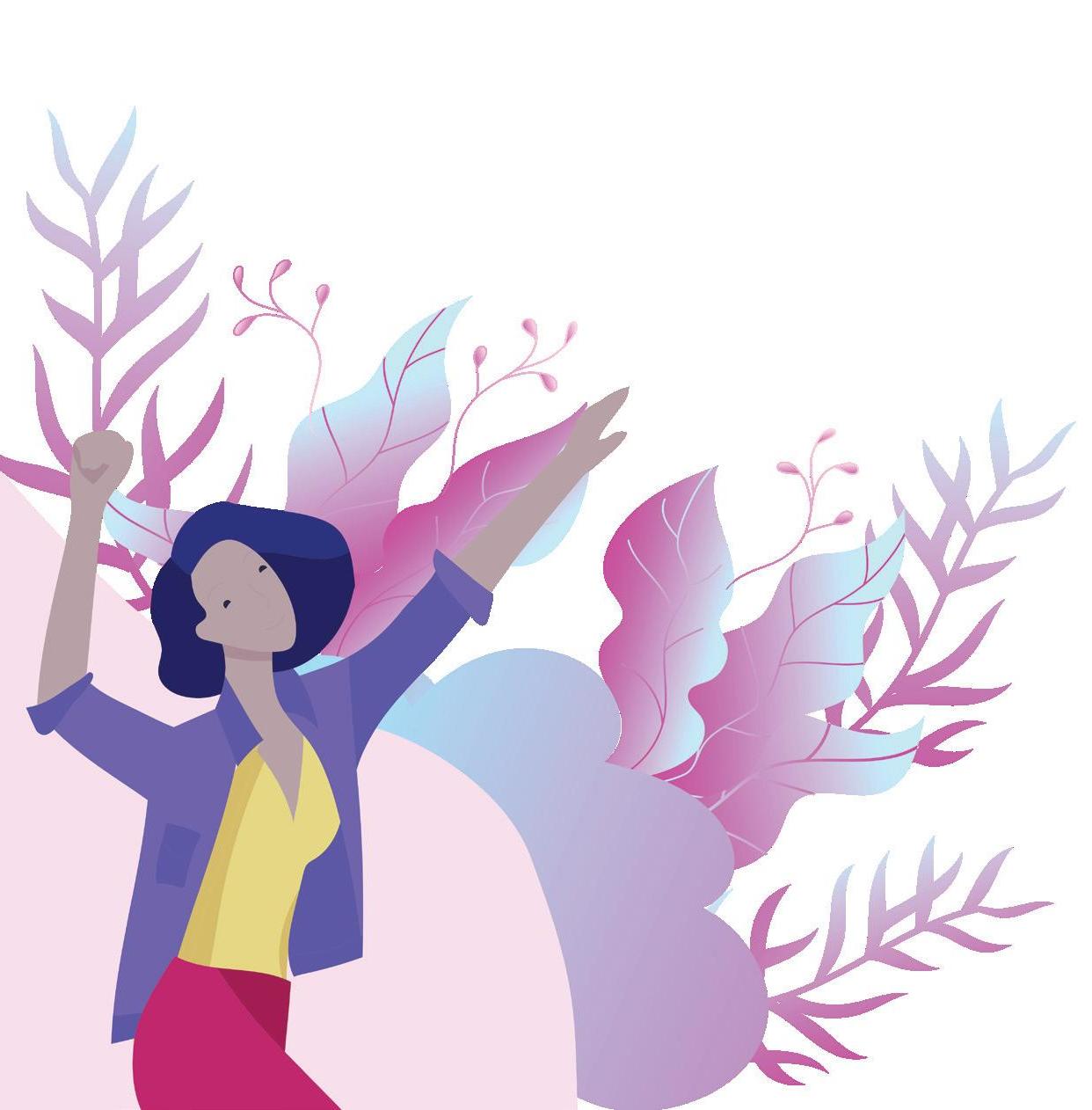THE FUTURE OF STUDENTS TEACHING STUDENTS by Brooke Ezzo | photo courtesy of Raashi Mohan
F
ounded in September 2019 by a group of Flower Mound High School Robotics Club members, STEMpump has quickly become the online peer-to-peer teaching platform of the future. It’s a student-led initiative that teaches students the latest STEM technologies for free.
Originally, STEMpump was designed as a resource for new and incoming members of the Robotics Club; a way to help them
level the playing field with older teams or members who have been in the club for a longer amount of time. The in-person camps became so popular that the
founders opened them up to all students at Flower Mound High School and other schools spanning six districts.
Once schools shut down this past spring due to the coronavirus, creator and
directors Ritesh Kanchi, Raashi Mohan,
and Akshay Jaitly quickly adapted their in-person camps to an online platform
to keep STEMpump available. Going online allowed the students to continue supporting other students through a variety of live stream lessons. These lessons are streamed on a popular platform called Twitch, and all course materials are created by students for students.
Mohan said. “The large variety of our student base has come from the online platform and also our STEMpump app.” The app allows students to have free access to courses about Web Design, Game Design, Creation, Robotics, Programming, and much more. Through exposure to different technologies, students learn about the different fields of STEM and what they are interested in. The group believes every student should always have access to the same resources and opportunities.
“The idea is to create this global platform so students can contribute any way they’d like.”
“Today, our platform has a global community of 37,000 students and a presence in over 110 countries,” Raashi
Raashi and the other directors have big hopes for STEMpump and its future. They are currently in beta testing for their new feature, STEMpass, which allows a user to create their own account with personalized content and upgrade to creator, where they can create their own course material. They hope to roll this out at the end of this month. “The idea is to create this global platform so students can contribute any way they’d like,” Raashi said. “By engaging in peerto-peer learning, we hope it leads to an increase range in classes due to student interests.” With a global presence, the group can offer courses in multiple languages with influences from different cultures and different learning styles and abilities.
22 | LIFE IN CASTLE HILLS | SEPTEMBER 2020
www.CastleHillsMagazine.com










